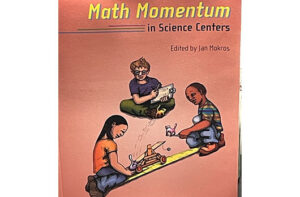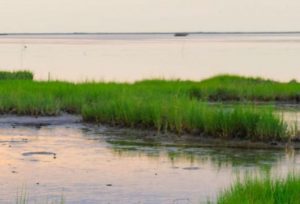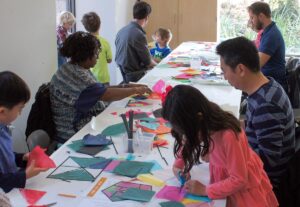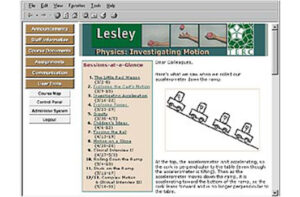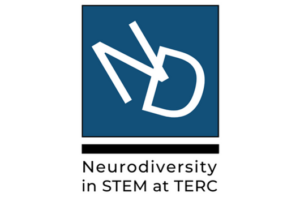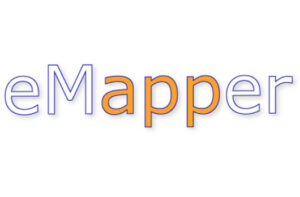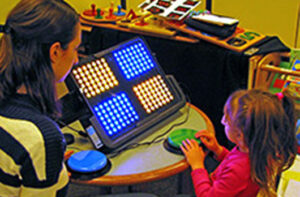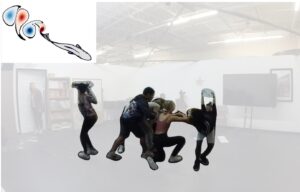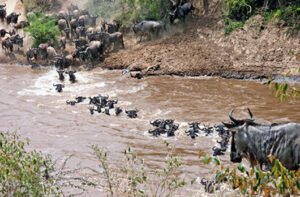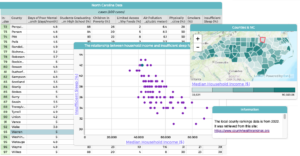Leap into Science
Cultivated a National Network for Informal Science and Literacy
Lead Staff:
Scott PattisonSummaryThe LEAP into Science program combined children’s science-themed books with hands-on science activities to promote life-long interest and knowledge of science and did so through partnerships with informal educators at libraries, museums, and other out-of-school time providers. As an outreach program, Leap into Science built the capacity of children (ages 3-10) and families from underserved communities to participate in science where they live. This project developed a national infrastructure of state and regional partnerships to scale up The Franklin Institute’s proven model of Leap into Science.
ImpactField-tested and implemented in 12 cities, Leap into Science was expanded to 90 new rural and urban communities in 15 states, and it’s estimated that this expansion reached more than 500,000 children and adults as well as 2,700 informal educators over four years. The inclusion of marginalized rural communities provided new opportunities to evaluate and adapt the program to the unique assets and needs of rural families and communities.
Research ActivityAs part of the broader research and evaluation efforts of the project, TERC team members collaborated with the Institute for Learning Innovation on an in-depth, qualitative research study on how families with young children develop science-related interest pathways through participation in the LEAP program.
PublicationsPattison, S. A., & Dierking, L. D. (2018). Early childhood science interest development: Variation in interest patterns and parent-child interactions among low-income families. Science Education, 103(2), 362–388.
The LEAP into Science program combined children’s science-themed books with hands-on science activities to promote life-long interest and knowledge of science and did so through partnerships with informal educators at libraries, museums, and other out-of-school time providers. As an outreach program, Leap into Science built the capacity of children (ages 3-10) and families from underserved communities to participate in science where they live. This project developed a national infrastructure of state and regional partnerships to scale up The Franklin Institute’s proven model of Leap into Science.
Field-tested and implemented in 12 cities, Leap into Science was expanded to 90 new rural and urban communities in 15 states, and it’s estimated that this expansion reached more than 500,000 children and adults as well as 2,700 informal educators over four years. The inclusion of marginalized rural communities provided new opportunities to evaluate and adapt the program to the unique assets and needs of rural families and communities.
Research ActivityAs part of the broader research and evaluation efforts of the project, TERC team members collaborated with the Institute for Learning Innovation on an in-depth, qualitative research study on how families with young children develop science-related interest pathways through participation in the LEAP program.
PublicationsPattison, S. A., & Dierking, L. D. (2018). Early childhood science interest development: Variation in interest patterns and parent-child interactions among low-income families. Science Education, 103(2), 362–388.
As part of the broader research and evaluation efforts of the project, TERC team members collaborated with the Institute for Learning Innovation on an in-depth, qualitative research study on how families with young children develop science-related interest pathways through participation in the LEAP program.
Pattison, S. A., & Dierking, L. D. (2018). Early childhood science interest development: Variation in interest patterns and parent-child interactions among low-income families. Science Education, 103(2), 362–388.
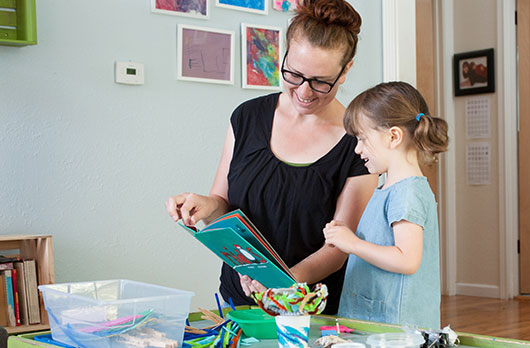
Funder:
National Science Foundation
Award Number:
1712878
The Franklin Institute
National Girls Science Collaborative
Institute for Learning Innovation
9/2017 – 8/2021
Past ProjectThis project is no longer active. To see a list of current TERC projects, please click here.
Share This Page:
